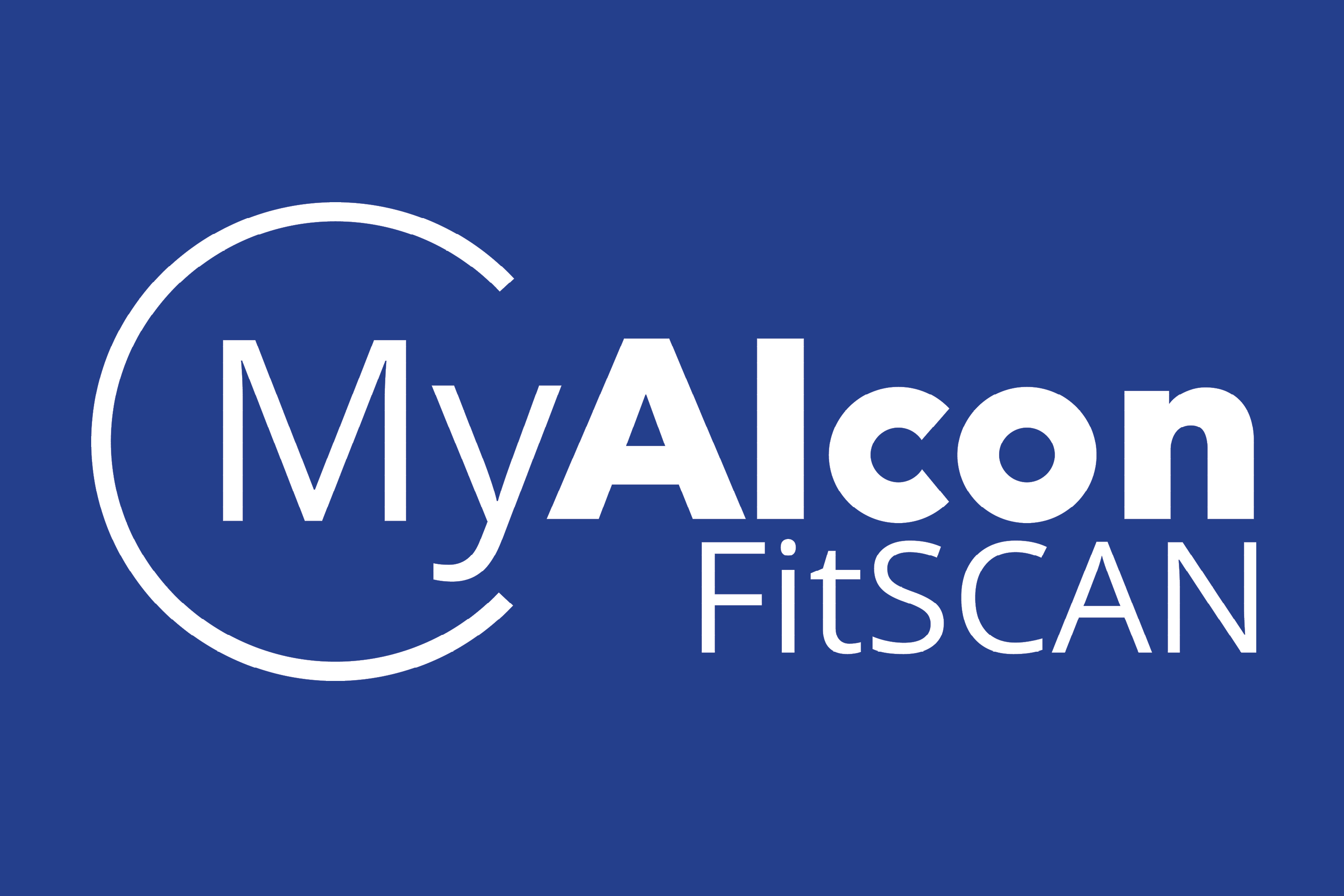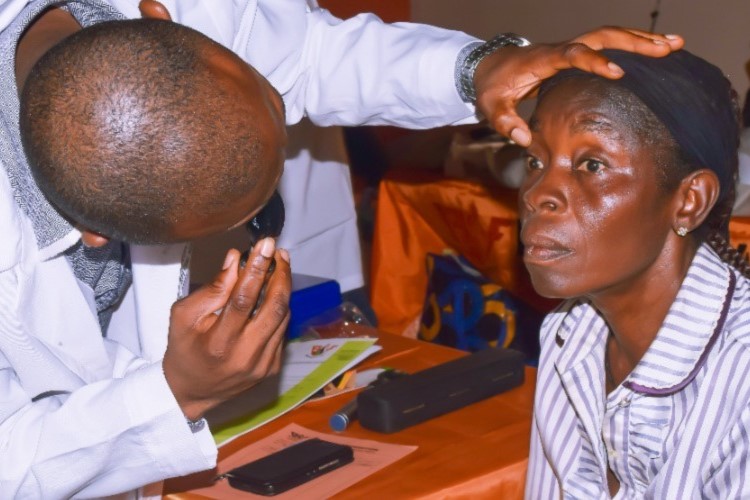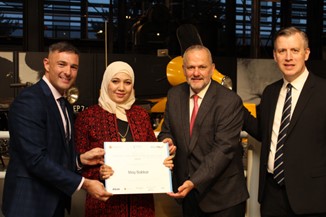ARVO 2019 news roundup
The 2019 annual meeting of the Association for Research in Vision and Ophthalmology (ARVO) took place in Vancouver from April 28 - May 2. Due to US president Donald Trump’s travel ban on passport holders from several Muslim-majority countries affecting thousands of researchers across the globe, this was the first time this much-lauded international research conference was held outside the US. International abstract submissions outnumbered US ones, and around 10,000 attendees from over 75 countries attended this year’s meeting, which was themed: From bench to bedside and back.
As with all ARVO meetings a spate of new clinical research was presented, most for the first time before being published in clinical journals. Here’s just a few of this year’s highlights:
- US life sciences company Verseon presented promising preclinical efficacy data on a new oral drug candidate for diabetic eye disease. In preclinical models, the new small-molecule plasma kallikrein inhibitor showed good efficacy against two important drivers of diabetic macular oedema (DMO), the kallikrein and VEGF pathways. “What’s most exciting about this, isn’t that it may replace eye injections, but that it could give doctors an opportunity to prevent diabetes patients from developing DMO in the first place,” said Dr Melissa Carlton, Verseon’s ophthalmology programme manager.
- Researchers from the University of Southern California’s Roski Eye Institute presented their research into tear biomarkers for early stage Parkinson’s disease. Initial data showed they may be able to discriminate between PD patients and healthy controls using the protein biomarker alpha-synuclein (α-Syn) in the tear film. If diagnosed early enough, neurological damage from PD may be prevented or minimised.
- Data presented by SightGlass Vision, a medical device company developing spectacle lenses to slow the progression of nearsightedness or myopia in children, showed a trend toward reduction in axial length over two weeks of lens wear, with all three of its lens designs reaching statistical significance in both eyes in an early randomised trial.Designed to modulate contrast in the periphery of the visual field, the lenses were tested on 21 healthy myopic children aged six to 12 years old who were habitual spectacle wearers. “The data clearly demonstrates all three lens designs provided similarly high levels of distance and near visual acuity and contrast sensitivity,” said Jill Woods, clinical research manager and research optometrist at the Centre for Ocular Research & Education (CORE), University of Waterloo, Canada. “The axial length reductions noted were encouraging and I am very excited to see the results of the longer-term study.”
- Stealth BioTherapeutics announced positive results for a new drug for dry age-related macular degeneration (AMD) and Leber's hereditary optic neuropathy (LHON). Focusing on diseases involving mitochondrial dysfunction, the US-based biopharmaceutical company’s data demonstrated significant improvements in visual function following treatment with elamipretide, an investigational drug, in its ReCLAIM study of patients with dry AMD and in the open-label portion of its ReSIGHT study of patients with LHON.
- A Wills Eye Hospital study found almost 11% of patients with moderate glaucoma reported at least one motor vehicle accident (MVA) over four years. Despite not being legally blind, this meant the rate of car accidents among glaucoma patients was nearly three times the national average, said researchers. Lower mean deviation in the worse eye was found to be an independent risk factor for MVA in patients with moderate glaucoma, they added.
- Visual acuity significantly increased after cataract surgery in patients with neovascular AMD, according to a poster presentation on a retrospective observational clinical study by researchers from Case Western Reserve University School of Medicine in Cleveland. Pre-op visual acuity was the only significant predictor of post-op visual acuity, with patients who had a lower baseline vision experiencing a greater increase in letters, the researchers reported in Healio.
- The ARMOR study, tracking antibiotic susceptibility profiles among ocular bacterial pathogens, found a decrease in methicillin resistance (MR) among Staphylococcus aureus, but not among coagulase-negative staphylococci (CoNS). Decreased resistance was also observed among S. aureus to azithromycin (62% to 60%), ciprofloxacin (39% to 30%), tobramycin (24% to 9%) and chloramphenicol (6.6% to 4.4%). Among CoNS, resistance to ciprofloxacin decreased (46% to 31%), while there was increased resistance to tobramycin (19% to 23%). As in previous years, a high proportion of methicillin-resistant staphylococci demonstrated multidrug resistance.
- IBM Research and New York University have employed artificial intelligence (AI) and deep learning techniques to detect glaucoma and measure disease progression. The combined research team’s study estimated the visual field index (VFI) from a single, 3D, raw optical coherence tomography (OCT) image of the optic nerve with unprecedented accuracy, reported IBM. Its data driven research also shows visual function test results at future visits could be forecast by AI, although progression measurement currently required careful analysis of data from multiple visits.
- Ziv-aflibercept is comparable to other anti-VEGF medications widely available in safety and efficacy in treating neovascular AMD, according to Eastern Virginia Medical School researchers. Their study compared ziv-aflibercept to common anti-VEGF medications, bevacizumab, ranibizumab and aflibercept and found ziv-aflibercept was not inferior to both aflibercept and ranibizumab with respect to anatomy, function, and complication rate. Noting it is more widely available and relatively low-cost, researchers concluded it is a potentially more attractive option for nAMD treatment and could be an alternative therapy for eyes resistant to bevacizumab.
- Tissue engineering and regenerative medicine startup Pandorum Technologies has developed a new type of bio-engineered cornea tissue to promote scarless healing of corneal wounds through a bio-inspired regenerative approach. Pandorum scientists said they have successfully formulated a novel hydrogel to encapsulate and deliver corneal stem cells to the wound site. The hydrogel can be directly applied to corneal wounds and perforations or can be 3D bio-printed as corneal lenticules for lamellar keratoplasty.
- Occurrences of Herpes zoster ophthalmicus (HZO), when shingles gets in the eyes, has tripled over 12 years, according to a study presented by the University of Michigan’s Kellogg Eye Centre. The study followed a group of 21 million adults in the US. Shingles affecting the eye occurred most in women and adults aged over 75, and was higher among Caucasians than other non-white ethnic groups. The results highlighted the importance of vaccinating older adults for shingles, said researchers.
- Several studies reported positive outcomes with bevacizumab (Avastin) for a variety of ocular treatments, despite the fact it doesn’t carry an indication for the treatment of eye disorders. The anti-vascular endothelial growth factor (anti-VEGF) therapy is routinely used for treating AMD because of its favorable cost profile. Research presented at ARVO also supported its use as:
- an alternative to surgery for pyogenic granuloma, with researchers reporting that two injections of bevacizumab resulted in complete resolution of vascular lesions with no adverse events
- a prophylactic therapy for patients receiving radiotherapy for choroidal melanoma to suppress radiation maculopathy
While, in AMD, other studies focused on the latest research to improve the drugs delivery through injectable, biodegradable, bilayered capsules allowing sustained release over longer periods.



























